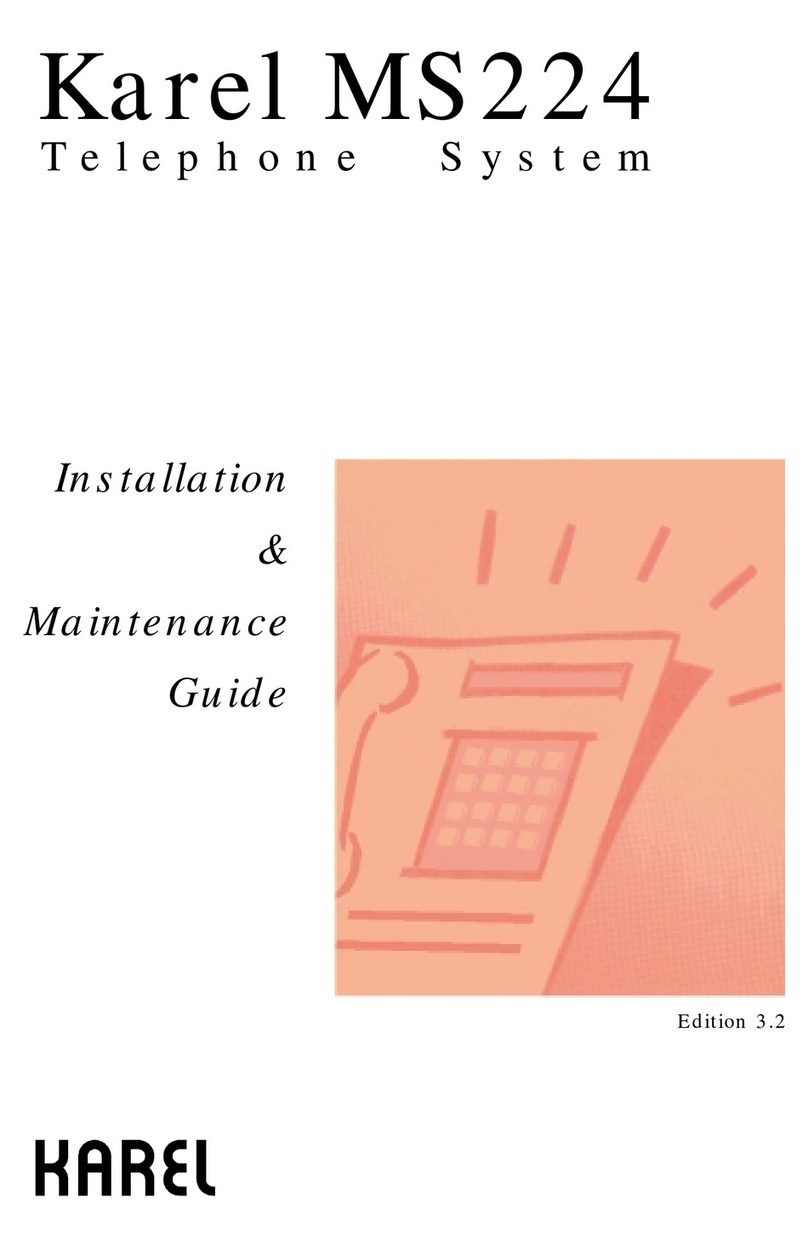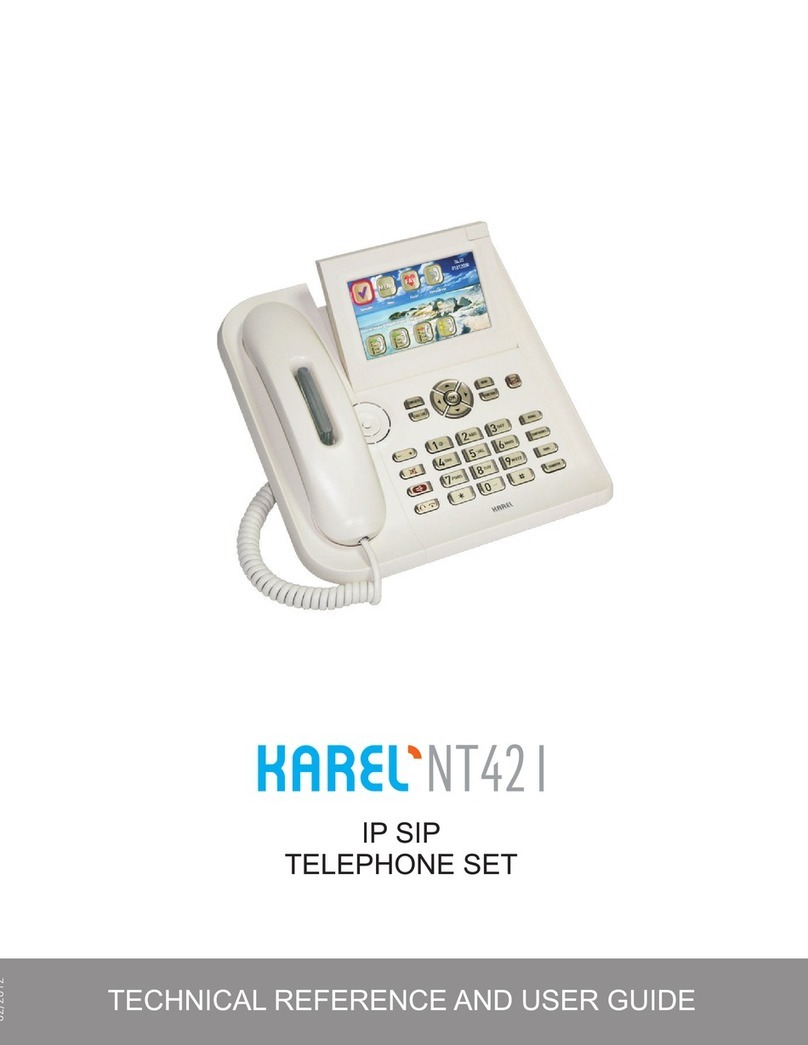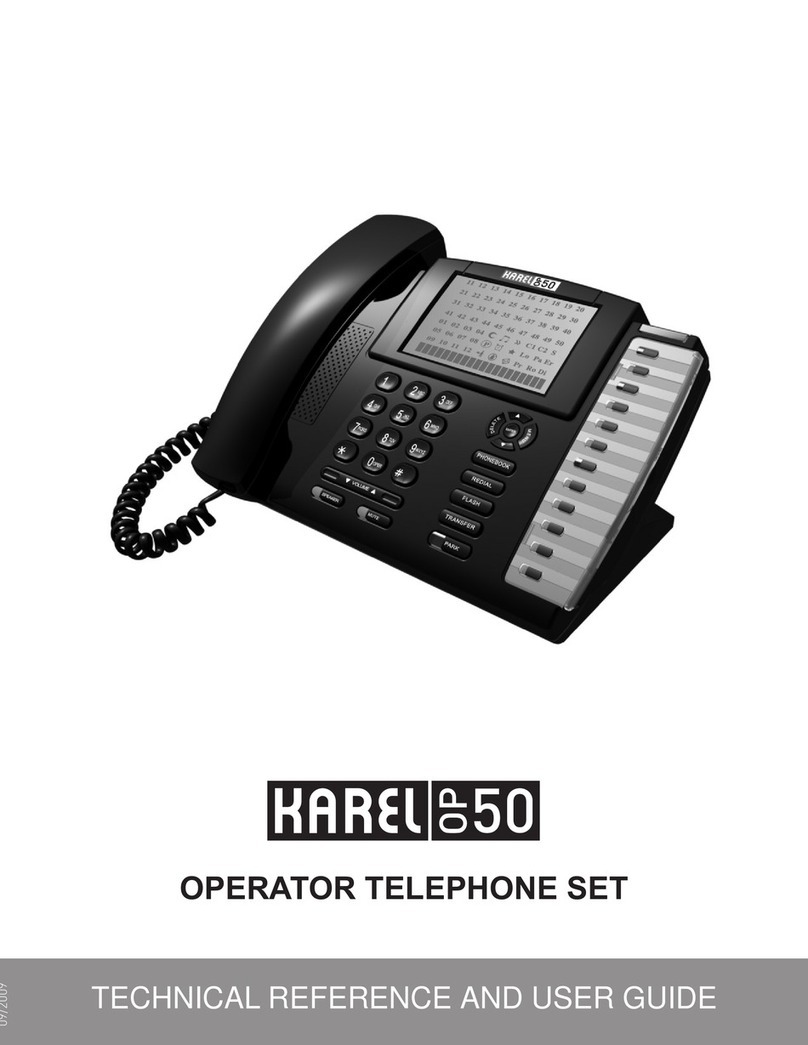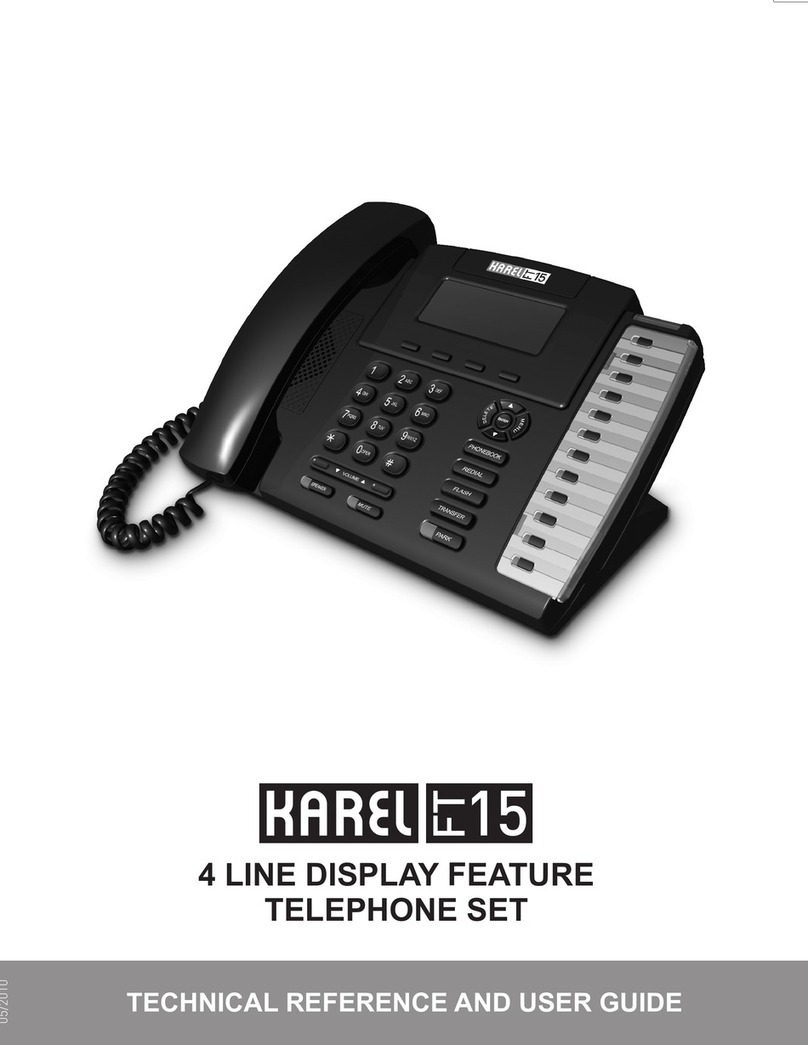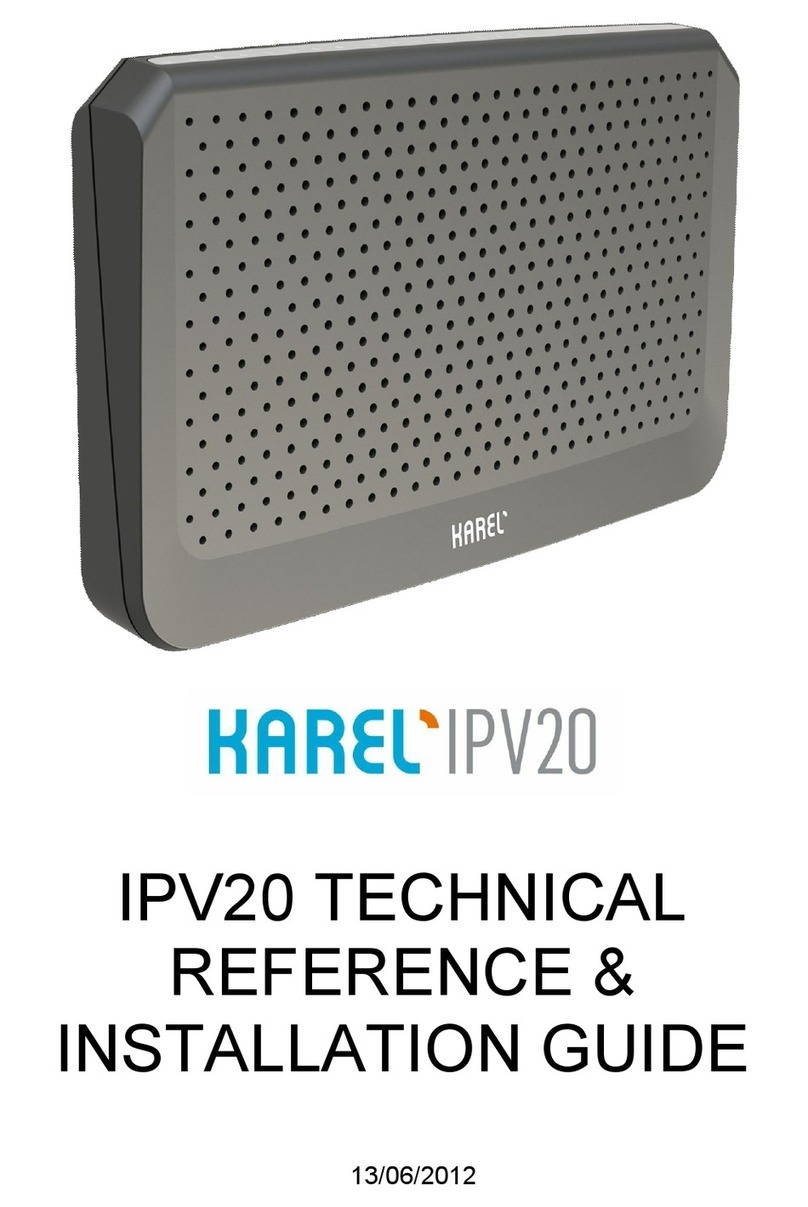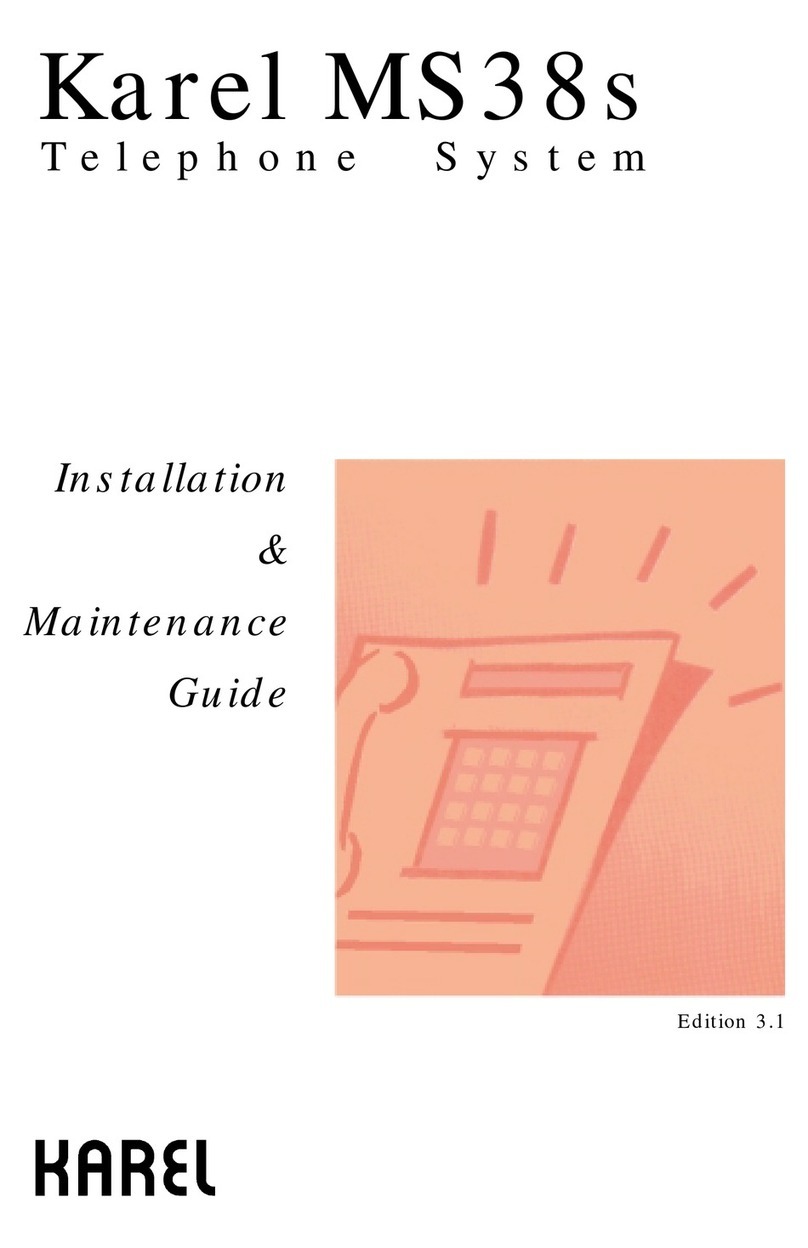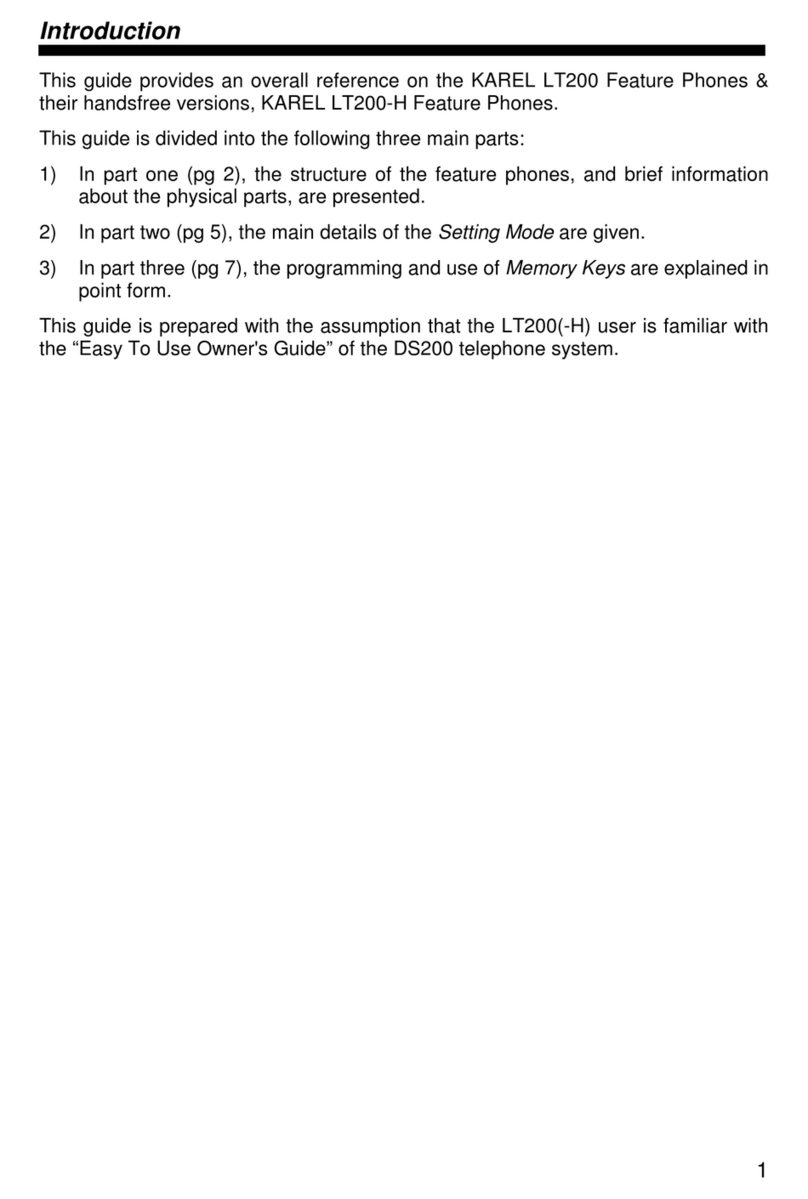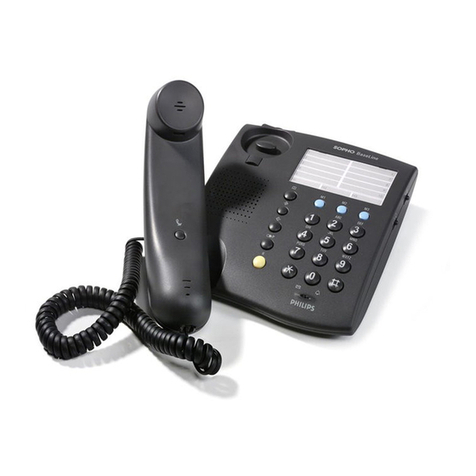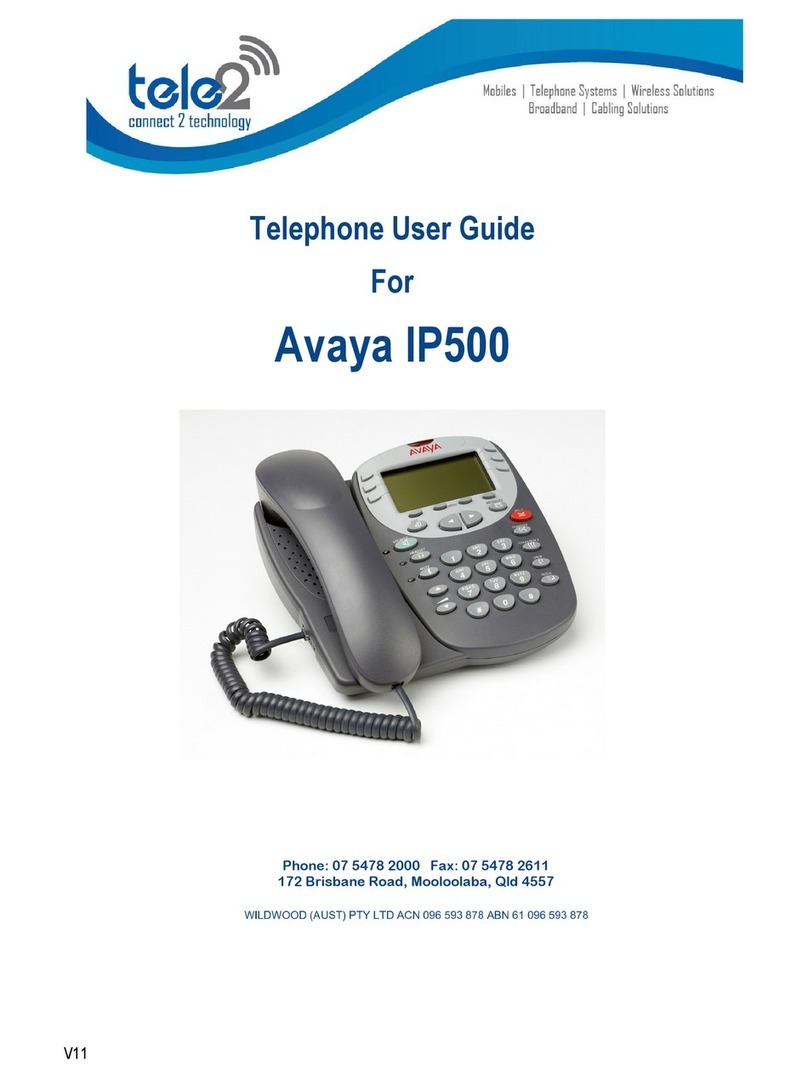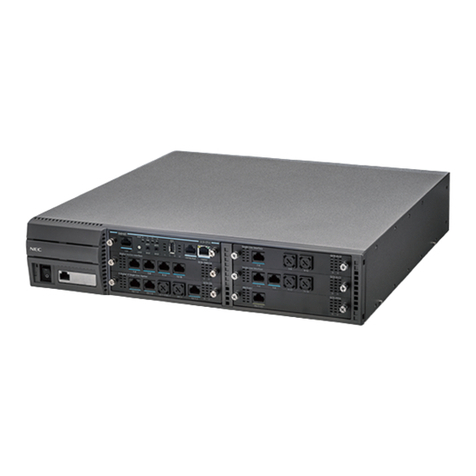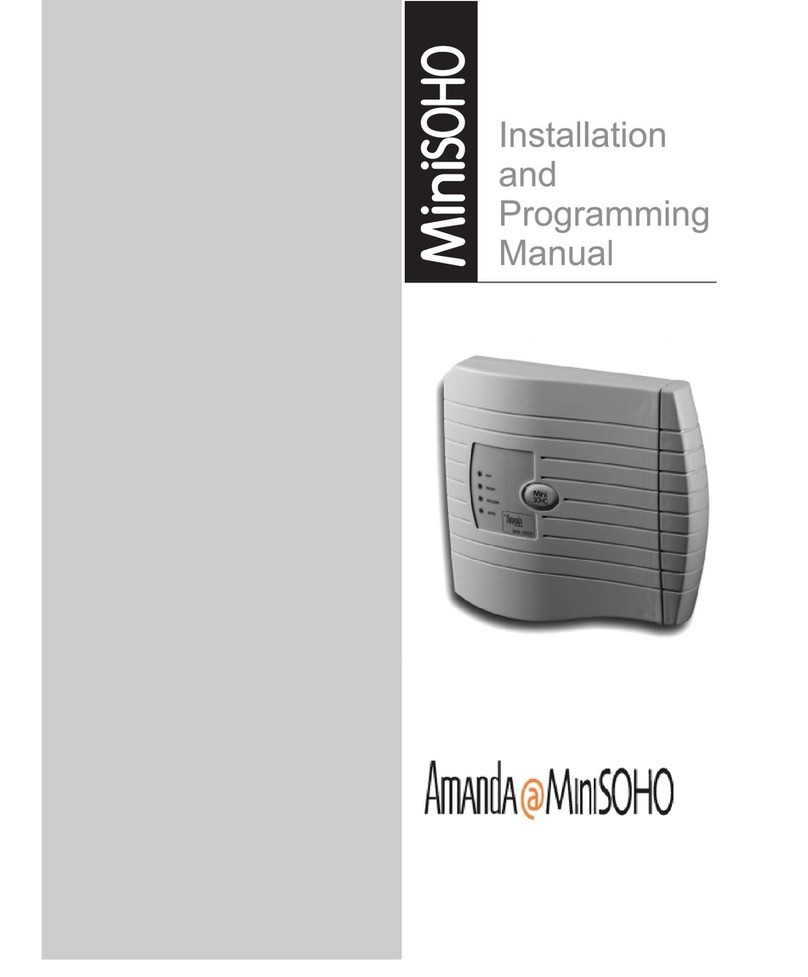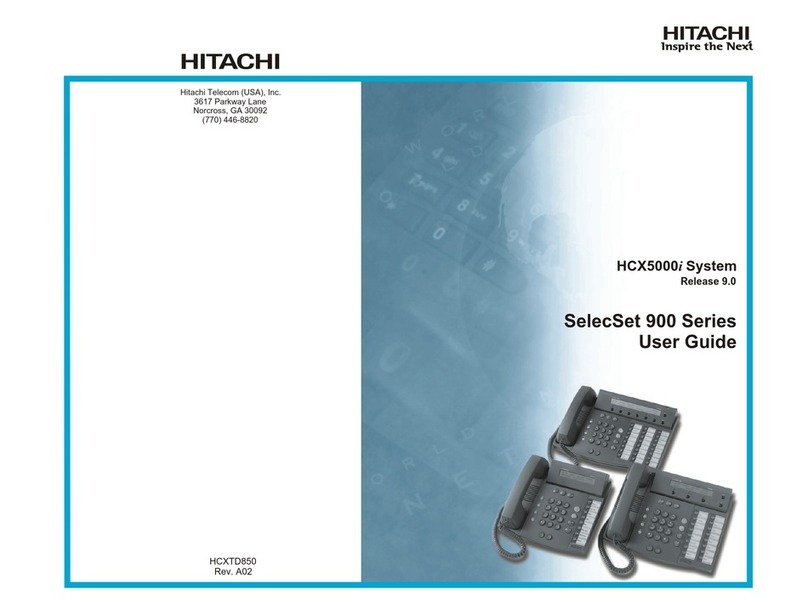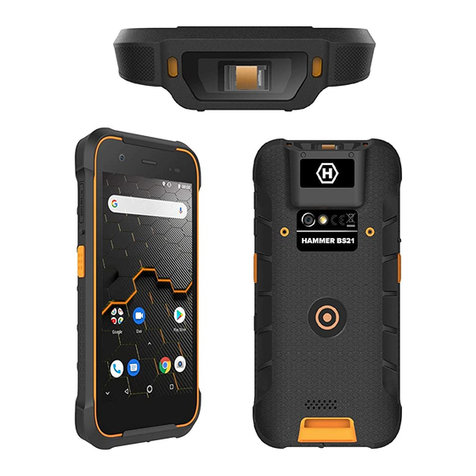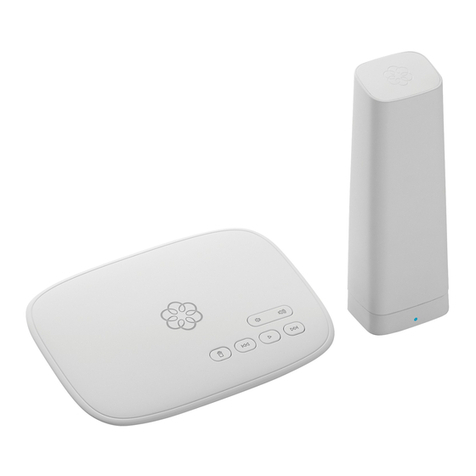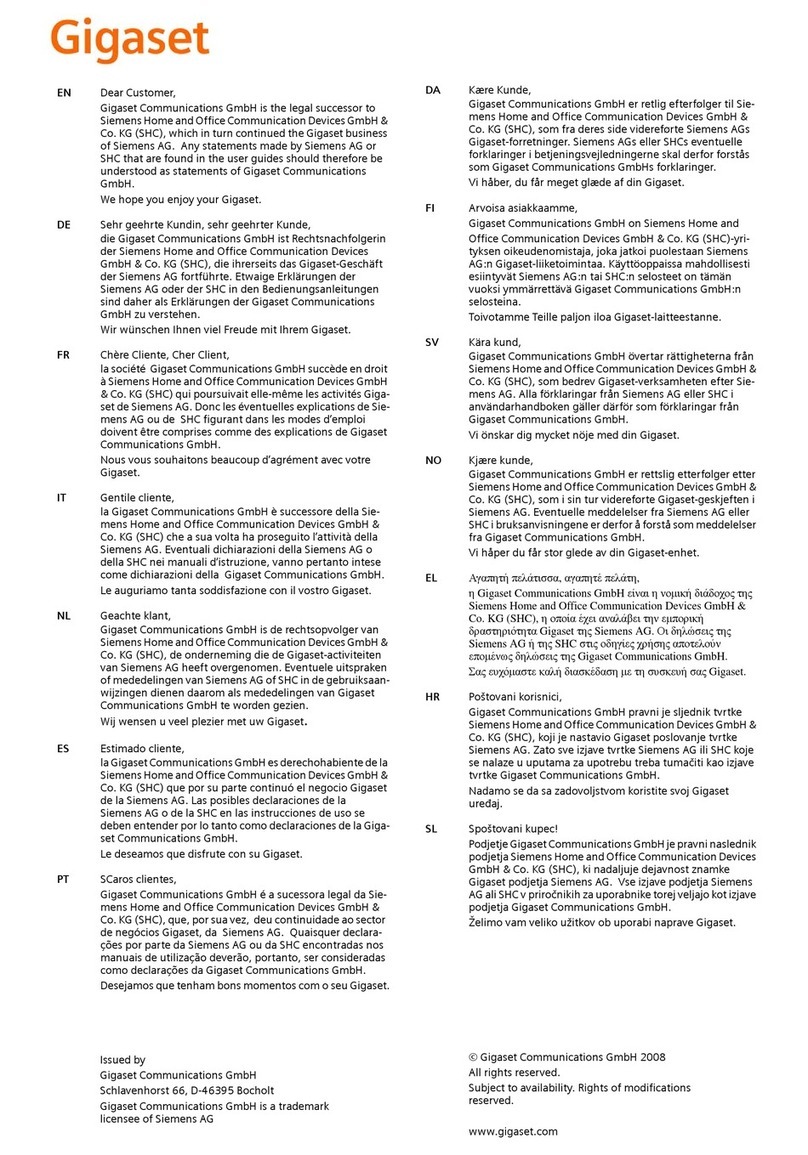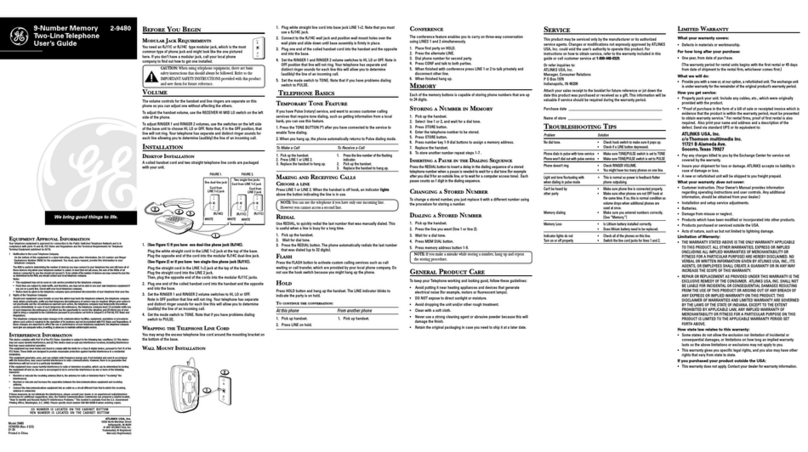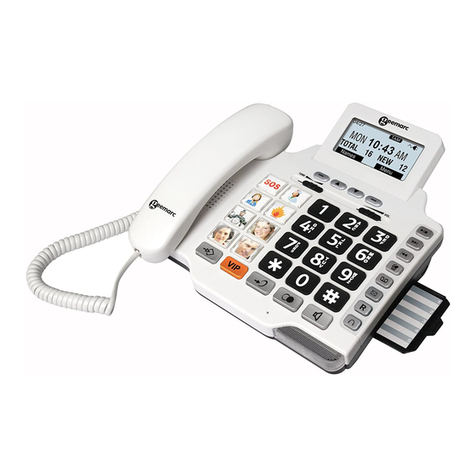i
CONTENTS
SECTION PAGE
INTRODUCTION 1
TECHNICAL REFERENCE
I. SYSTEM 3
I.1. PARTS LIST 4
I.2. BACKPLANE OF THE SYSTEM – BPL128 6
I.3. POWER TO THE SYSTEM 7
I.3.A. POWER SUPPLY MODULE – SPS128 7
I.3.B. POWER FAILURE TRANSFER STATIONS 9
I.4. CENTRAL PROCESSING MODULE – CPU128 &
CPU CONNECTION CARD - MS128 CPUKON
9
I.5. EXPANSION MODULES - MS128 EX1 / MS128 EX2 12
I.6. EXTERNAL MUSIC CONNECTOR 15
I.7. EXTERNAL RELAY 15
II. ACCESSORIES 17
II.1. CONSOLES, FEATURE PHONES, DIRECT STATION SELECT
MODULES - OP48(-H), LT48(-H), DSS80, DSS40
18
II.1.A. OP48(-H) CONSOLE 18
II.1.B. LT48(-H) FEATURE PHONE 20
II.1.C. DSS80 DIRECT STATION SELECT MODULE 20
II.1.D. DSS40 DIRECT STATION SELECT MODULE 21
II.2. MINI PRINTER - KY16 22
II.3. SERIAL INTERFACE – CM128, PK128, CM128+PK128, SERIAL
PRINTER INTERFACE
24
II.3.A. CM128 CALL RECORD LISTING INTERFACE AND/OR
PK128 PC-CONSOLE INTERFACE 24
II.3.B. SERIAL PRINTER INTERFACE 27
II.4. DOORPHONE – DY01 28
II.5. EXTERNAL ANNOUNCEMENT SYSTEM 28
II.6. AUTO ATTENDANT & VOICE MAIL – EVM128 28
II.7. ISDN ADAPTOR – IA12, EXP-IA12 30
II.8. LOCAL PAGER – PG100 32
II.9. STANDARD TELEPHONE SETS 33
II.10. FILTER & PROTECTION UNIT – FPBASE, FPEXP 34
III. SOFTWARE 37
IV. TECHNICAL SPECIFICATIONS 39
